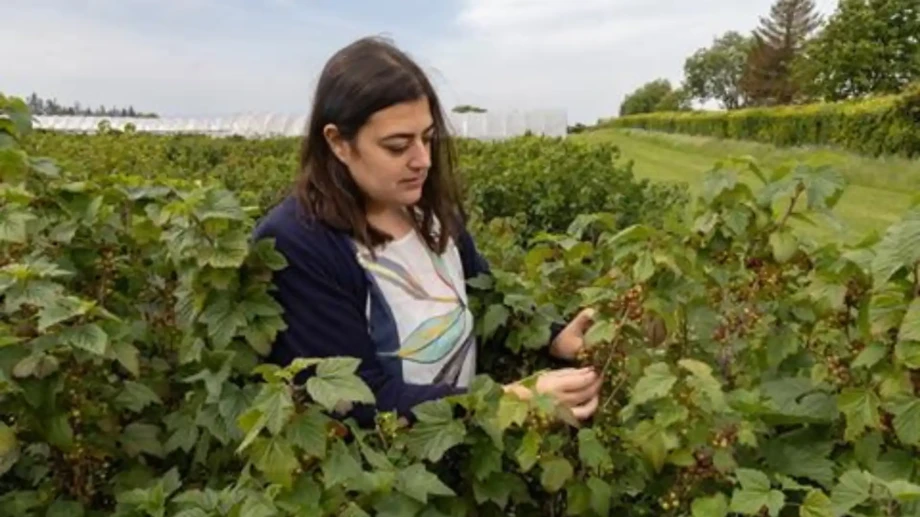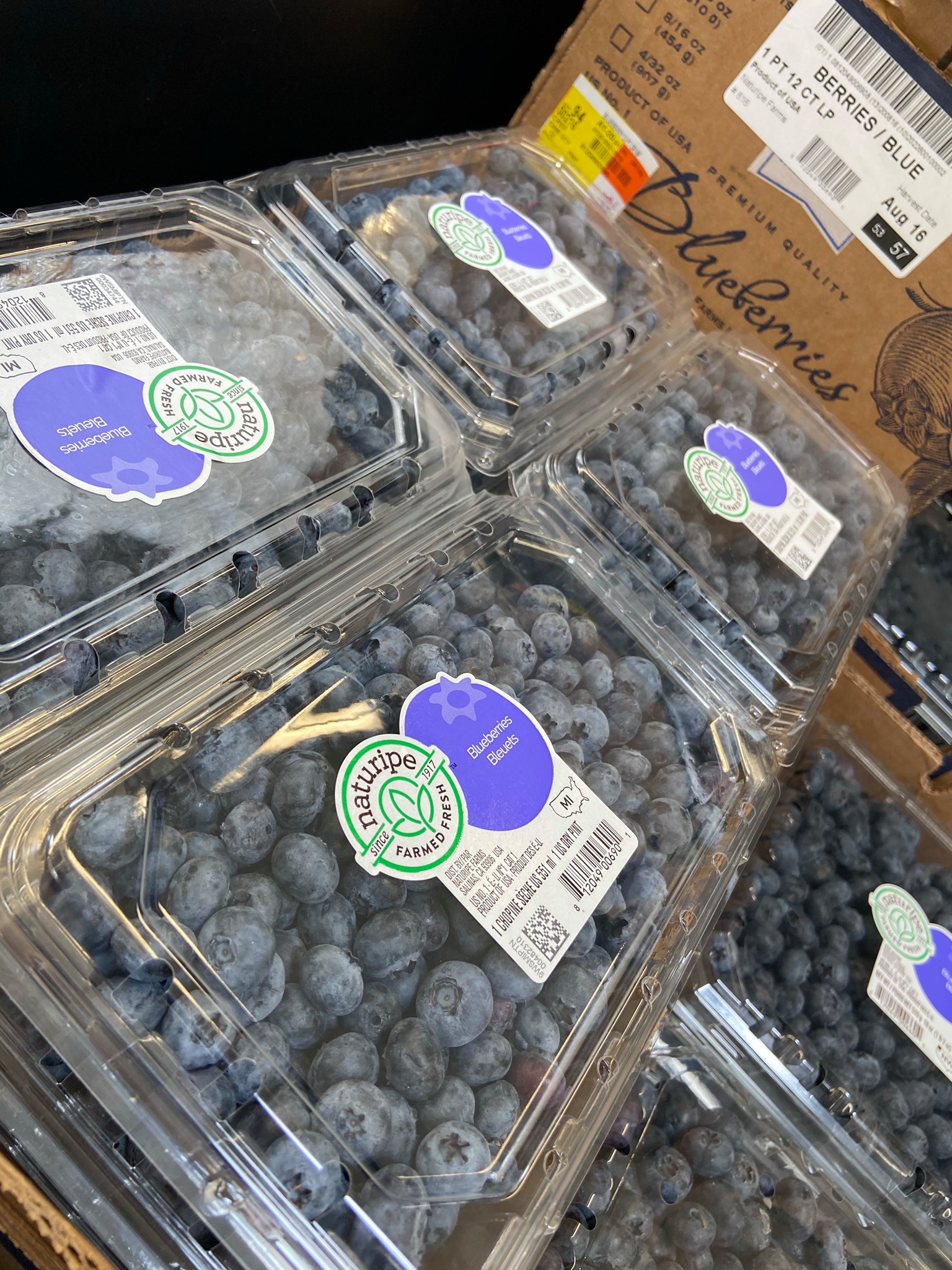Suntory Beverage & Food Great Britain and Ireland (SBF GB&I), the owner of Ribena, has announced a £920,000 (circa €1.080.000) investment over the next five years to support its long-standing blackcurrant breeding programme in partnership with the James Hutton Institute (JHI).
The initiative aims to develop new blackcurrant varieties that can better withstand the growing challenges posed by climate change—such as extreme weather events, drought, and reduced winter chilling—while continuing to deliver consistent yields and preserving Ribena’s iconic flavour.
Climate change challenges
The 2025 growing season highlighted these challenges, with record-breaking spring warmth and sunshine triggering an early harvest but also causing significant water stress for many farms.
In this context, the breeding programme focuses on selecting cultivars that are resilient to both heat and water shortages, ensuring better flowering and fruit set even under unstable conditions.
New tools, both in the field and the lab, will also enable more accurate and timely yield predictions, helping growers manage risk and plan more effectively.
Pest and disease resistance
A key component of the project is the enhancement of pest and disease resistance in blackcurrant plants.
Using molecular markers developed by JHI, researchers can now identify resistant traits early in the breeding process, accelerating the development of robust cultivars and reducing the reliance on chemical treatments.
These efforts will contribute to more sustainable blackcurrant farming practices.
Flavour and nutritional testing
Additionally, all potential new varieties will be rigorously tested for flavour and nutritional properties.
This ensures not only the protection of Ribena’s signature taste but also the potential to enhance health benefits for consumers.
According to JHI’s soft-fruit breeder Dr Amanda Moura, the initiative represents an important step toward ensuring the long-term viability of blackcurrant production in the UK while helping growers adapt to increasingly difficult growing conditions.
Text and image source: fruitnet.com













